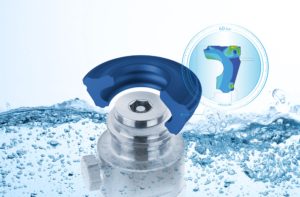Asian Coal-Fired Power Generators Will Spend Over $300 Million/yr. for Ultrapure Water
By 2019 coal-fired power generators in Asia will be spending $342 million for ultrapure water systems. This is up from $243 million in 2012. This includes the ion-exchange or electrodeionization modules, ultrafiltration and reverse osmosis, degasification membranes, metering pumps, treatment chemicals, piping and all the associated valves. This does not include the valves in the steam cycle. These forecasts are displayed in McIlvaine publication, Ultrapure Water: World Market.
Asian expenditures will equal those of Europe/Africa and the Americas by 2019. Many of the new power plants in Asia are of the supercritical design. They require very high purity water due to the very high pressures and temperatures. There is increased use of municipal wastewater and other low quality water sources. This increases both the capital and consumable expenditures.
There are variations in contaminants such as silica in the water sources. So each source has to be separately evaluated and the equipment and chemicals tailored to that source.
Most of the investment is in the small fraction of fresh water which is added to the recirculating system. The condensed steam can range from 99 percent of the total downward. The extreme case would be where all the steam is being used for district heating and none is being returned. This results in the need to purify large quantities of fresh water. However, the quality requirement is not so high due to the fact that the contaminants are not concentrating.
Condensate polishing is necessary due to corrosion of the piping and other potential sources of contamination of the recirculating steam.
Source: The McIlvaine Company







